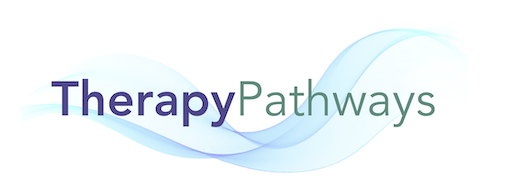Kindergarten - 2nd Grade
Kindergarten
By the end of kindergarten, your child should be able to do the following tasks in each area.
Listening
- Follow 1–2 simple directions in a row.
- Listen to and understand stories.
- Follow a simple conversation
Speaking
- Speak clearly enough so that most people understand what he says.
- Answer simple yes/no questions.
- Answer questions like, “What did you have for lunch today?”
- Retell a story or talk about something he did.
- Take turns talking and keep a conversation going.
- Show interest in and start conversations.
Reading
- Know how a book works. For example, we read from left to right and top to bottom in English.
- Understand that sounds make up words.
- Pick out words that rhyme, like cat and hat.
- Tell you the first sound in words, like mmmm for milk.
- Says the sounds for some letters, like buh for B.
- Identify upper- and lowercase letters.
- Recognize some words by sight.
- “Read” a few picture books from memory.
- Pretend to read by talking about pictures in a book.
Writing
- Print her first name.
- Draw a picture that tells a story. Write about the picture. Your child may write a letter or word to stand for a whole sentence or idea.
- Write upper- and lowercase letters. They may not be clear or neat.
- Write or type letters in no set order, like Mu zEos lx.
1st Grade
By the end of first grade, your child should be able to do the following tasks in each area.
Listening
- Remember what they hear.
- Follow two- to three-step directions in a row.
Speaking
- Speak clearly so that anyone can understand him.
- Answer harder yes/no questions.
- Tell and retell stories that make sense.
- Share her ideas using complete sentences.
- Use most parts of speech, or grammar, correctly.
- Ask and answer who, what, when, where, and why questions.
- Stay on topic and take turns in conversation.
- Give directions.
- Start conversations.
Reading
- Say words that rhyme.
- Name all sounds in short words.
- Put sounds together to make words.
- Match spoken words with written words.
- Point to letters, words, and sentences.
- Sound out words when reading.
- Read 100 common words by sight.
- Read grade-level books.
- Understand what he reads.
Writing
- Write about her ideas.
- Print clearly.
- Spell words that he uses a lot.
- Begin each sentence with capital letters. End sentences with periods or question marks.
- Write stories, journal entries, or notes.
2nd Grade
By the end of second grade, your child should be able to do the following tasks in each area.
Listening
- Follow 3–4 directions in a row.
- Understand direction words, like here, there, over, next to, before, or later.
- Answers questions about a second grade-level story.
Speaking
- Speak clearly.
- Answer harder yes/no questions.
- Ask and answer who, what, when, where, and why questions.
- Use more complex sentences.
- Explain words and ideas.
- Give directions with 3–4 steps.
- Use words to inform, persuade, and entertain.
- Stay on topic, take turns, and keep eye contact during conversations.
- Start and end conversations.
Reading
- Know how letters make sounds in words, called phonics.
- Recognize many words by sight.
- Use clues when reading to figure out words. For example, looking at pictures or titles to help read a word.
- Reread parts of a story and fix mistakes.
- Find information to answer questions.
- Explain important points of a story, like the main idea, characters, and plot.
- Use personal experiences to guess what might happen next in a story.
- Read and retell a story in the correct order.
- Read grade-level stories and poetry silently and out loud smoothly.
- Read on his own.
Writing
- Write clearly.
- Use different sentences to write essays, poetry, or short stories.
- Use basic punctuation and capitalization.
- Organize writing with a beginning, middle, and an end.
- Spell words correctly that he uses a lot.
- Stop spelling by sound and start spelling correctly. For example, she may move from “grl” to girl.”

